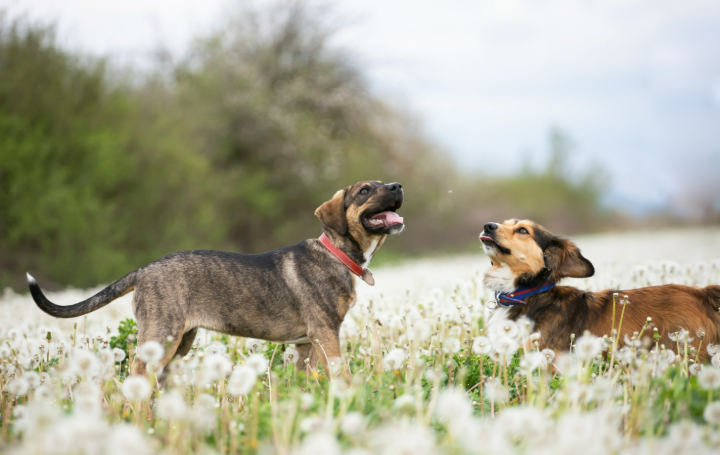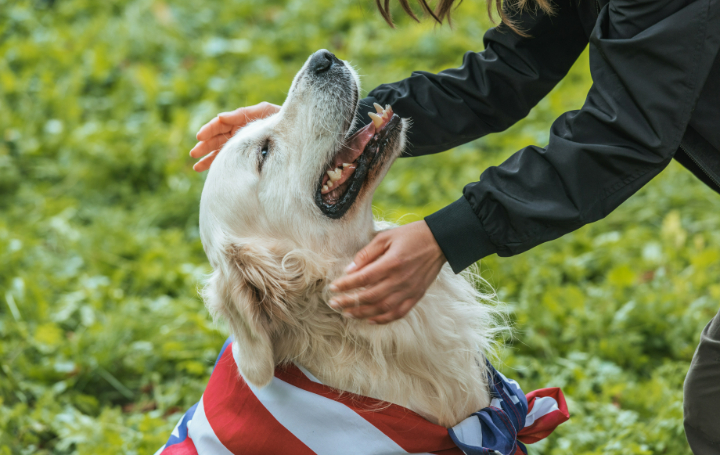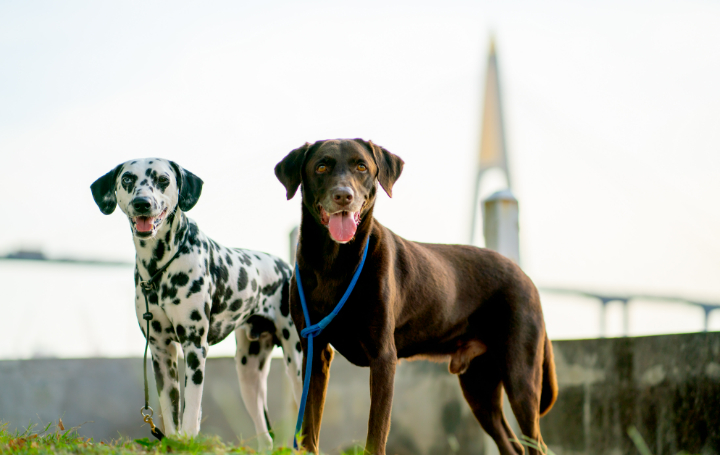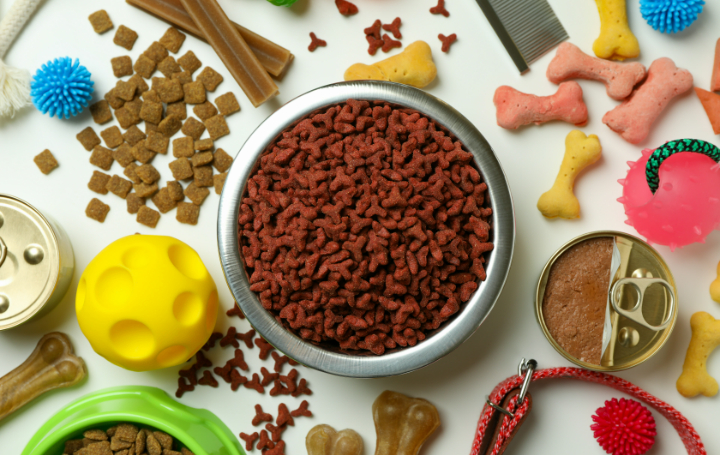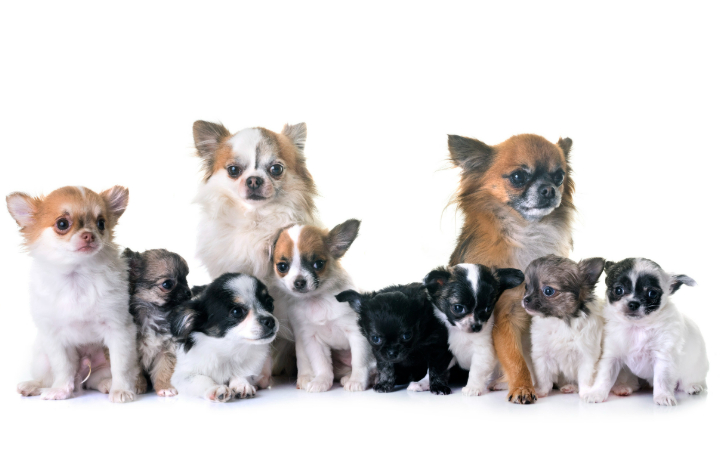How to Identify and Treat Common Skin Conditions in Dogs
Dogs. They’re not just pets; they’re our four-legged family members, snuggle buddies, and sometimes even the reason we smile on a rough day. But just like us, our furry friends can have their fair share of skin troubles. From mysterious itches to flaky patches, doggy skin conditions are surprisingly common—and thankfully, most of them are treatable if you catch them early.
If you’ve ever caught your pup scratching like there’s no tomorrow or noticed strange bumps during belly rubs, this guide is for you. Let’s dive into the world of dog skin problems—without all the boring vet-speak. Just real talk, with real solutions.
1. Why Do Dogs Get Skin Problems in the First Place?
First things first: dogs don’t get skin issues just to stress you out (even though it might feel like it during a midnight vet visit). There are lots of reasons their skin might go haywire:
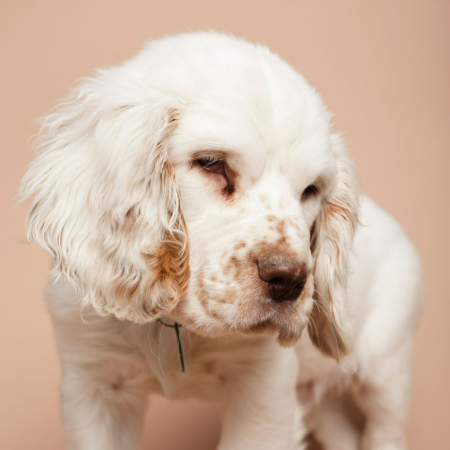
- Allergies: Yep, dogs can be allergic to things like pollen, dust, certain foods, or even fleas.
- Parasites: Fleas, ticks, and mites love to crash the party and irritate your dog’s skin.
- Infections: Bacterial or fungal infections can sneak in, especially if the skin is already irritated or scratched.
- Poor diet: What your dog eats affects their coat and skin health. Low-quality food can lead to problems.
- Underlying diseases: Sometimes skin issues are just a symptom of something bigger, like thyroid or immune system issues.
So, when your dog’s skin isn’t looking its best, it’s usually their body’s way of saying, “Hey! Something’s up!”
2. The Classic Signs of Skin Trouble
Your dog can’t exactly say, “Hey, I’ve got a rash!” But they’ll give you signs if you know what to look for. Here are the telltale clues that something’s off:
- Itching and scratching non-stop
- Licking or chewing certain spots (especially paws and rear)
- Redness or rashes
- Bald patches or hair loss
- Scabs, bumps, or sores
- Flaky skin (doggy dandruff)
- A bad smell coming from the skin or ears
If you see one or more of these, don’t panic. Just keep reading, because we’re about to break down the most common doggy skin conditions—and how you can help fix them.
3. Flea Allergy Dermatitis: The Itch That Won’t Quit
Let’s start with the itch monster—fleas.
Some dogs are allergic to flea saliva (yes, really), and it only takes one bite to set off a massive reaction. You might notice:
- Crazy scratching, especially around the back, tail, and belly
- Red, inflamed skin
- Scabs or open sores
- Hair loss in certain areas
What to do:
Start with flea control—stat! Use flea prevention like collars, topical treatments, or oral meds. Your vet might also recommend antihistamines or steroids for severe cases. And don’t forget to treat your house too—those fleas hide in carpets and bedding.
4. Hot Spots: The Angry Red Patch
Hot spots are like sudden skin eruptions. One day, your dog is fine. The next? There’s a raw, red, oozing spot that looks awful.
These spots are caused by your dog chewing or scratching one area too much, usually due to an itch or irritation.
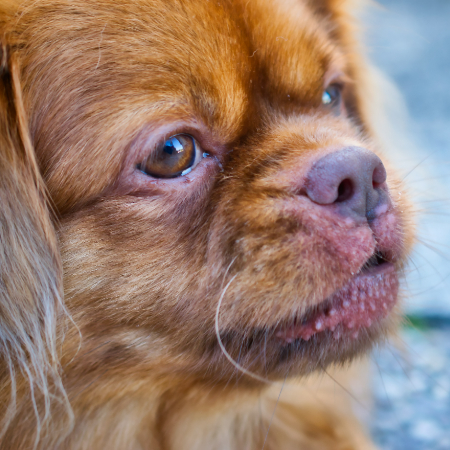
What to do:
Trim the hair around the spot to let it breathe, clean the area with antiseptic (ask your vet for a safe one), and try to keep your dog from licking it—easier said than done! Your vet may suggest a cone, spray, or even antibiotics.
5. Mange: When Mites Attack
Mange is a condition caused by tiny mites burrowing into your dog’s skin (ew, I know). There are two main types:
- Sarcoptic mange: Very itchy and very contagious.
- Demodectic mange: Less itchy, often affects younger or immune-compromised dogs.
You might see hair loss, red or crusty patches, and your pup acting super uncomfortable.
What to do:
Don’t try to fix mange at home. This one needs a vet’s help. They’ll likely prescribe medicated shampoos, oral meds, or special dips to kill those mites and soothe the skin.
6. Yeast Infections: Funky and Flaky
If your dog smells… funky (like Fritos or old gym socks), and their skin is greasy or flaky, it might be a yeast infection. This is common in warm, moist areas—ears, armpits, groin.
Signs include:
- Itchy, discolored skin (often reddish or brown)
- Licking and chewing the area
- Greasy or thickened skin
- Musty odor
What to do:
Your vet might prescribe antifungal shampoos or medications. For the ears, drops or cleaners can help. Also, keep the area dry and clean, and ask if diet changes might help reduce yeast overgrowth.
7. Allergies: Not Just a Human Thing
Dogs can be allergic to food, pollen, grass, dust mites, and even their own shampoo. Allergy symptoms often show up as skin issues:
- Itching, especially around the face, paws, and belly
- Frequent ear infections
- Red or inflamed skin
- Chronic licking or chewing
What to do:
Try to figure out the trigger. Your vet might recommend allergy testing or a hypoallergenic diet trial. Medications like antihistamines or even special allergy shots can make a big difference, too.
8. Dry Skin: Flakes, Not Snowflakes
Sometimes, it’s just plain ol’ dry skin. It happens more in the winter or with low humidity. You’ll see dandruff-like flakes, maybe a little itching, but nothing too crazy.
What to do:
Use a moisturizing dog shampoo (never human shampoo!), consider adding fatty acid supplements (like fish oil), and make sure your dog’s diet includes plenty of healthy fats. Also, a humidifier in your home can work wonders!
9. When Should You Call the Vet?
Here’s the golden rule: if your dog’s skin issue isn’t improving after a few days, or it’s getting worse, call your vet. Some signs that need a professional ASAP include:
- Oozing or bleeding sores
- Signs of infection (pus, swelling, smell)
- Sudden hair loss or changes in behavior
- Weight loss, fever, or lethargy
Better safe than sorry, right?
10. Keeping Your Dog’s Skin Healthy (Before It Goes Wrong)
An ounce of prevention really is worth a pound of cure. Here’s how to keep your pup’s skin happy and healthy:

- Brush regularly: Removes dead hair, spreads natural oils, and lets you spot issues early.
- Use quality dog food: Healthy skin starts from the inside out.
- Bathe smartly: Not too often (it dries the skin), and always with dog-friendly products.
- Monthly flea & tick prevention: Seriously, this one’s non-negotiable.
- Watch for changes: If your dog is scratching more than usual, don’t ignore it.
Final Thoughts: Skin Woes Don’t Mean You’re a Bad Dog Parent
If your dog has a skin problem, don’t beat yourself up. These things happen—even to the most loved, pampered pups on the block. The key is to act fast, stay informed, and work with your vet to find the right solution.
Your dog may not be able to thank you in words, but trust us: once they stop itching, they’ll shower you with tail wags, kisses, and that look of pure love that says, “You’re the best human ever.”
Doglime for more dog-related information.
Tags


